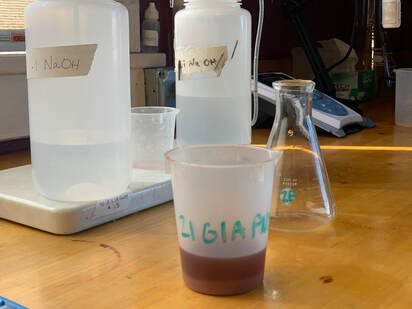Happy Harvest
Every fall the entire year's grape growing efforts culminate with harvest and the arrival of grapes to the winery. Here in Southern Oregon, harvest typically begins in early September with the arrival of Pinot gris, Sauvignon blanc and other aromatic varieties. Harvest concludes in late October with pressing grapes for the big reds like Cabernet Sauvignon and Cabernet franc, which enjoy (and need) extra time on the vines to develop and ripen.
Reaching Ripeness - Preparing for Harvest
At the start of the ripening process, the acidity levels are very high and sugar levels very low. Grapes are yet to develop their signature flavors and taste herbaceous. All of these characteristics change as we get closer and closer to harvesting. Grapes grow softer and fleshy and fill with water.
As harvest grows near grapes develop their signature flavors and reach the desired ripeness. Our Enologist, Emily, determines this level of ripeness by testing their acidity and degrees Brix, or sugar levels. As grapes ripen their acidity drops and sugar increases so tracking these levels help determine the right time to pick. The final test to determine when to harvest is our skilled winemaker Linda Donovan’s taste test. Determining the right time to pick the grapes is essential for making quality wine.
The Time is Right - Ready to Harvest
Once the grapes have reached the optimal level of ripeness it is time to begin the winemaking process! Grapes are picked early in the morning while the vineyard sites are cool and sent straight to the winery for processing. On an average day the winemaking team processes 10 tons of grapes, on the busiest days they can process up to 100 tons of grapes.
White wine grapes are then crushed and pressed off the skins, to squeeze out the grape juice and begin the fermentation process. Red wines, however, are crushed and fermented in contact with the grape skins.
What many don’t realize is that the grape juice is clear no matter if it’s a white or red grape: red wines get their color because of the contact with the grape skins after they’ve been pressed. To get the deep ruby color red wines are known for, the juice can be kept in contact with the grape skins for days, weeks, and in the case of extended maceration, even months. And those beautiful pink rosé wines? They’re pink because the juice is intentionally in contact with the grape skins only for a short time: anywhere from a handful of hours to at most, two days.
And thus begins the process of making wine! In our next update, we’ll take you into the winery to talk fermentation. Stay tuned!


